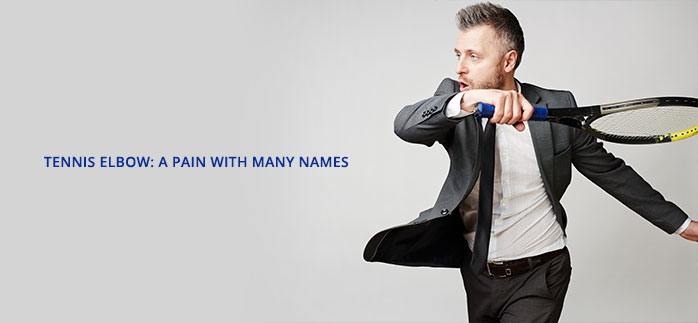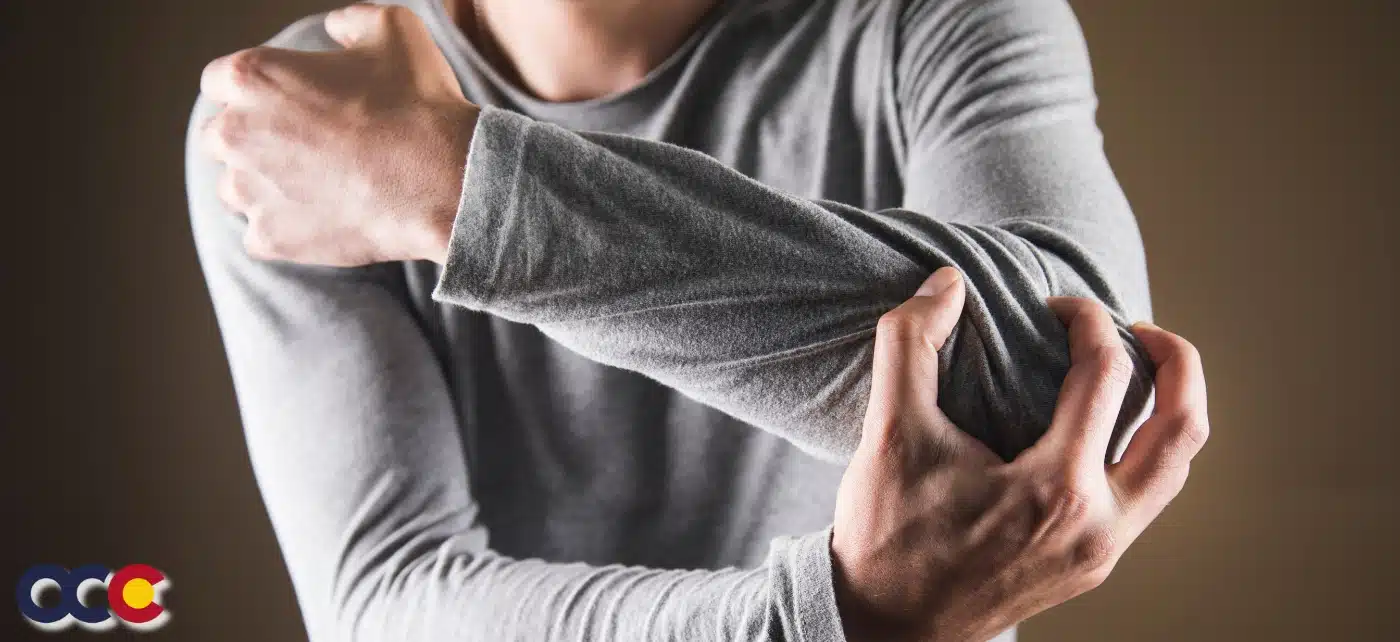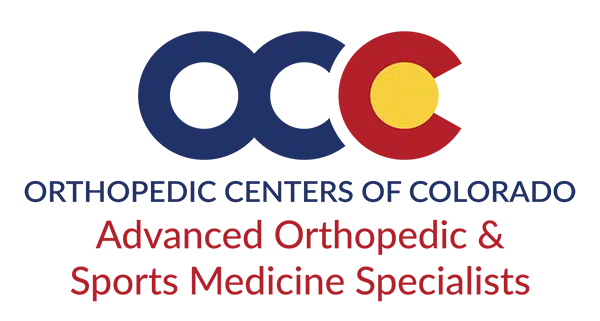Do you have pain in your forearm and elbow, but never picked up a tennis racquet in your life? Whether you call it tennis elbow, “climber’s syndrome,” or anything else, elbow pain is often caused by a form of tendinitis or irritation of the tissue that connects the muscles in your forearm to your elbow. Tennis elbow, or Lateral Epicondylitis if you want to get scientific, has become a popular way to categorize the injury because tennis players do indeed suffer from the injury.
Tennis elbow is extremely common – more than 200,000 cases are diagnosed in the US each year – primarily because it is caused by repetitive use of the arm or wrist that occurs in so many activities.
Tennis Elbow Symptoms
These motions are a natural side effect of many sports, including racquet sports, golf, and baseball and occupational activities that involve repetitive motion such as painting, food preparation, using hand tools (turning a wrench, for example) and even carrying young children – which every parent knows is undoubtedly repetitive!
Most people know something is wrong when mild pain on the outside of the elbow becomes severe enough to disrupt their daily lives, particularly when they repeat the forearm activity that likely caused the pain.
Tennis Elbow Diagnosis
If you think you have tennis elbow, it’s time for an examination. Your orthopedic specialist will ask about the activities that prompt your symptoms and use various movement tests to determine a diagnosis. In some cases, an x-ray or MRI may be appropriate.
Tennis Elbow Treatment and Recovery
Once diagnosed, most people recover in 4-6 weeks with rest, treatment and physical therapy.
Tennis elbow treatment is designed to promote muscular healing, strengthen the forearm and resolve the pain. Helpful exercises often focus on movements of the wrist and elbow to stretch the forearm muscles. Weights or bands, if used correctly, may be added to the same movements to help build strength.
While this is typically the most effective way to allow tennis elbow to heal, some patients may also benefit from anti-inflammatories to reduce pain and swelling, which can take the form of drugs like Ibuprofen. There is new national data on the effectiveness of injections like cortisone. A forearm brace may also be recommended in some circumstances. It is important to review the activities that should be avoided while staying active in your exercise and recreational routine.
After nonsurgical remedies have been exhausted, a specialist may recommend surgery for the most severe cases of tennis elbow. But no one should rush into surgery because most cases of tennis elbow resolve if properly diagnosed. It’s important to work with a specialist who can recommend the best treatment plan for your situation, monitor your progress, and deliver the best possible outcome.
For diagnosis and treatment of tennis elbow, see an Advanced Orthopedic doctor at our Denver or Parker location. Call for an appointment (303) 344-9090.













